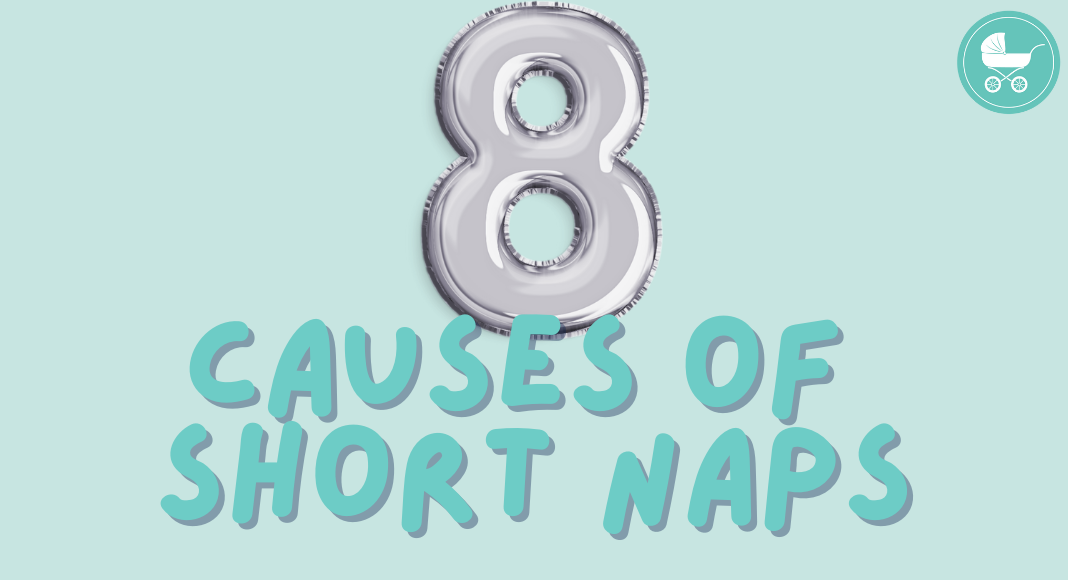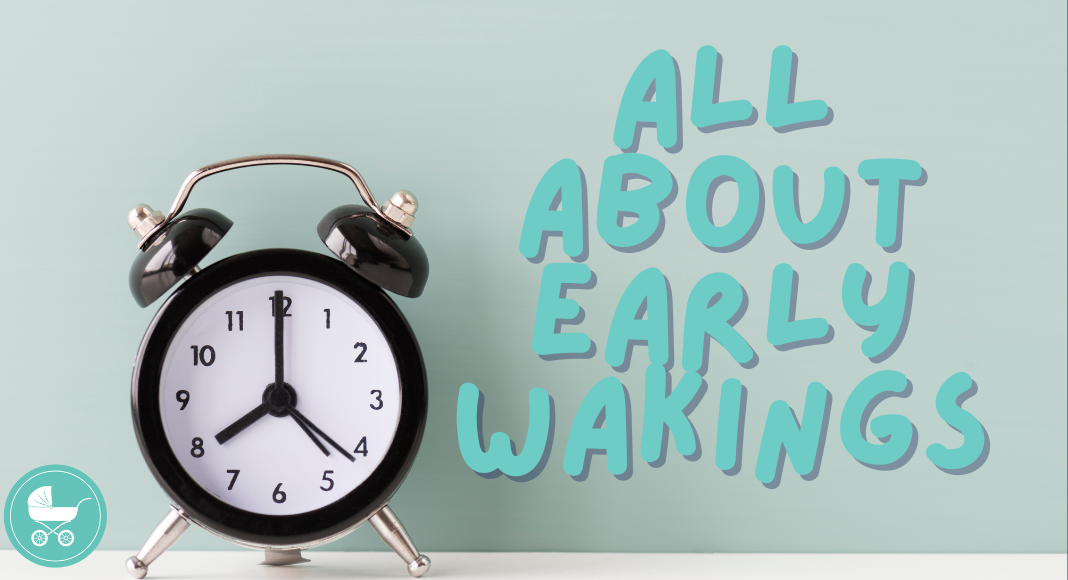
December 19, 2016
Napping: It’s probably the subject we get the most questions about, and for good reason. Naps are incredibly important for your growing baby, and most moms and dads love knowing they’ll have a few breaks throughout the day! Before you had your baby, you probably thought that napping would be the easiest part of parenting! […]
Mastering Naps!

Napping: It’s probably the subject we get the most questions about, and for good reason. Naps are incredibly important for your growing baby, and most moms and dads love knowing they’ll have a few breaks throughout the day!
Before you had your baby, you probably thought that napping would be the easiest part of parenting! But if you’re pulling your hair out trying to figure out how to master the fine art of baby and toddler naps, read on!
Why Naps?
As we mentioned before, naps are extremely important for kids–especially those under a year old. They give your baby and toddlers the rest they need to make it through their long days without becoming overtired at night.
You might be surprised to learn exactly how much sleep your baby or toddler needs to support his or her mental and physical growth. According to BabyCenter (and it’s medical advisory board), newborn babies need equal parts day and nighttime sleep totaling about 17 hours! At 3 months, a baby should get about six hours of daytime sleep (divided between three naps) and 10 hours of nighttime sleep. At 6 months, a typical sleep routine looks like this: 10 hours of nighttime sleep plus five hours of daytime sleep divided between two-three naps. At a year, most babies only need about two naps totaling three hours of daytime sleep, and about 11 hours of nighttime sleep.
Become a Nap Pro!
It’s no secret that The Cradle Coach team is a fan of routine, and this is especially important when it comes to making sure you infant or toddler gets the daytime rest her or she needs. If you want to become a pro at naps, make sure you follow a relatively consistent routine throughout the day. We love the Baby Whisperer, who encourages the E.A.S.Y routine. E.A.S.Y. stands for these four components: eat (25 to 40 minutes every two to three hours), activity (45 minutes), sleep (30 minutes to one hour), and you (an hour or more for mom or dad while the baby sleeps).
In order to determine when your baby needs a nap, keep a journal and write down when she wakes up and when she falls asleep to see if she’s giving to a pattern in her sleep cycles. Here’s a chart that can help you figure out how long your little one should be awake during the day.
We also encourage our clients to not only put their babies down for naps at about the same time everyday, but also to follow a consistent pre-nap routine. This routine can be the same as the bedtime routine, but without the bath. A good pre-nap ritual lets your baby know that sleep is coming!
Lastly, if you find that your baby is waking up after 30-45 minutes into her nap – don’t worry! It’s normal! However, there are ways to stretch that nap out a little longer, such as the wake-to-sleep method. Check out this blog post on short naps and how to beat them!
If you think you still need help mastering naps, reach out to us! We can help you figure out when your baby should be napping, for how long, and how to ensure your little one gets the rest he needs!
Get instant access to our free sleep class for children from newborn to 5 years old. You will learn how to get your child to sleep independently -- and all through the night!
Get Your Child To Sleep All Night Long in as Little as 7 Days!
join the free class
THE CLASS


